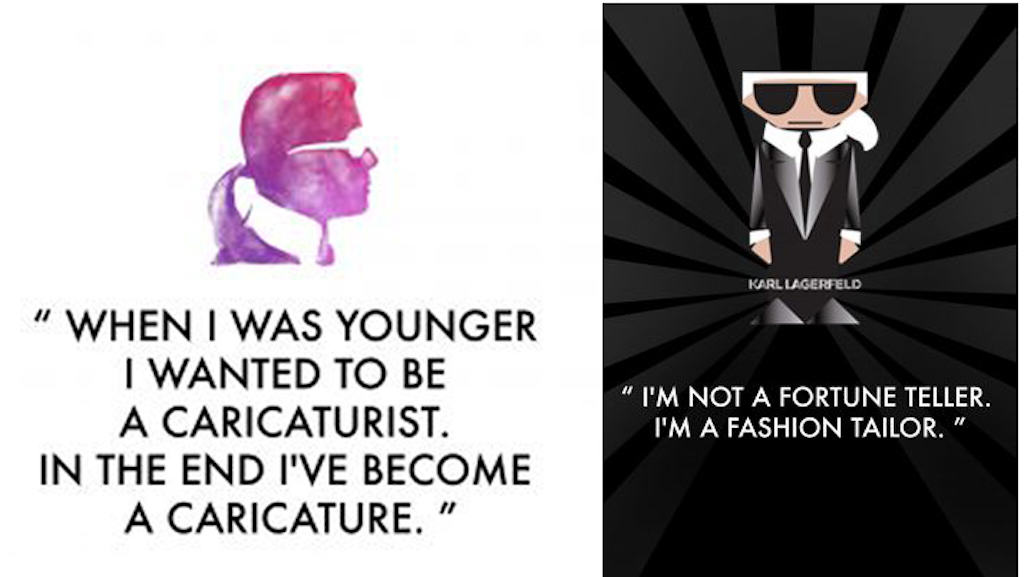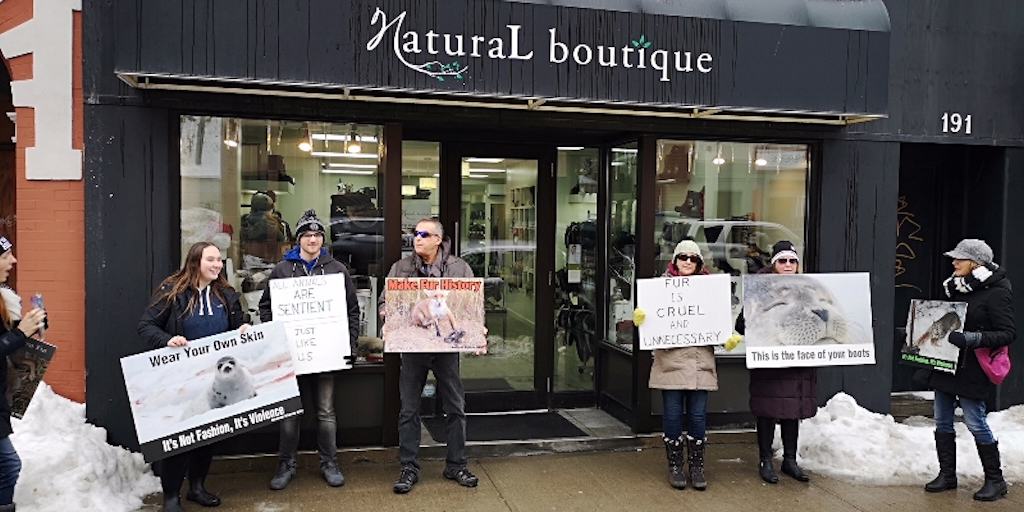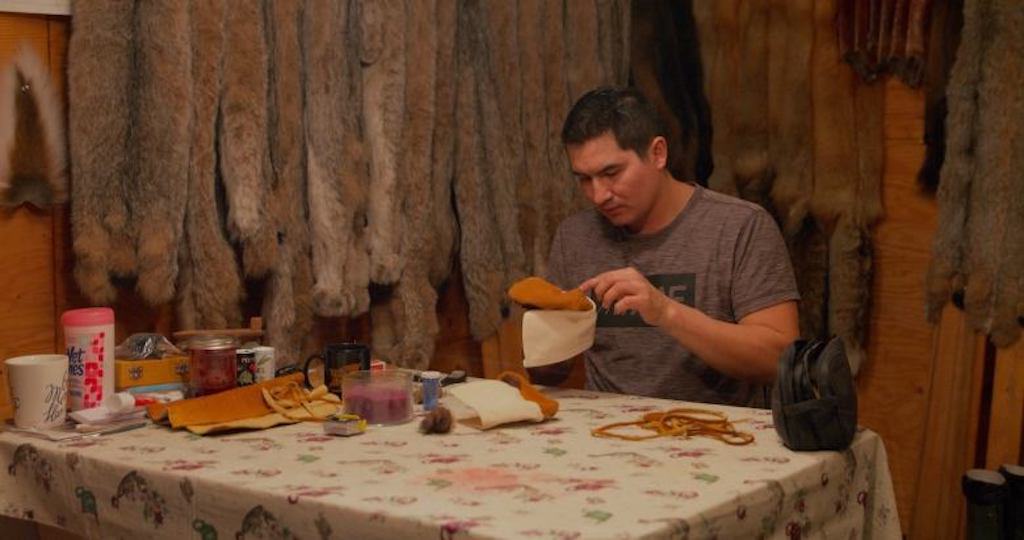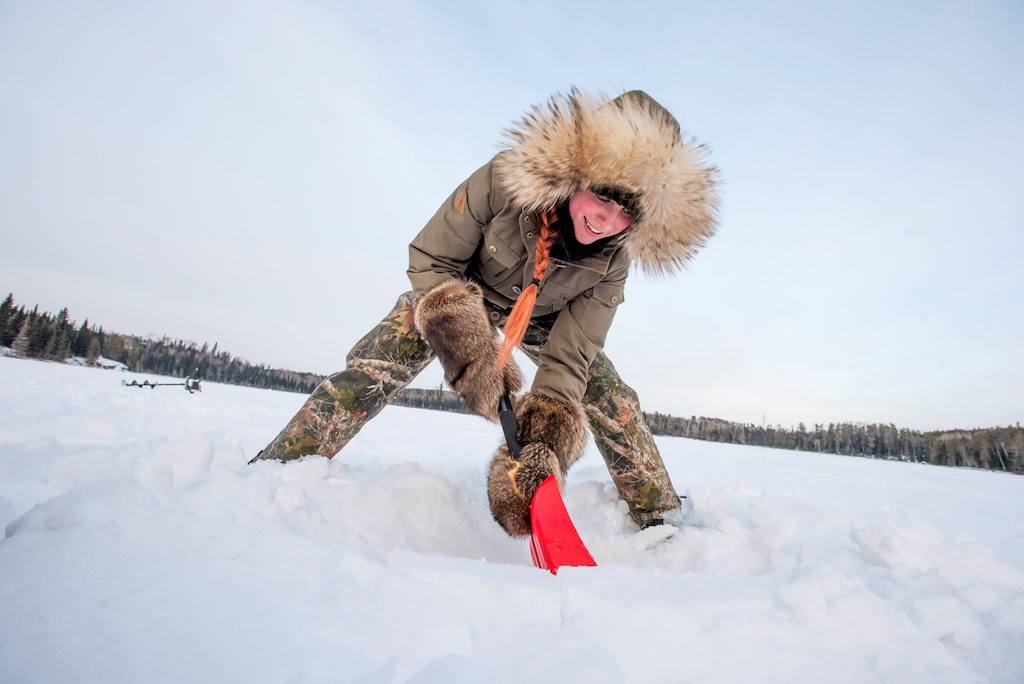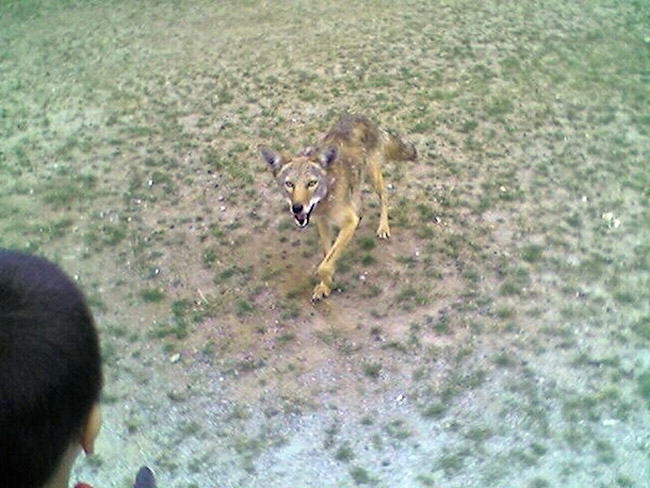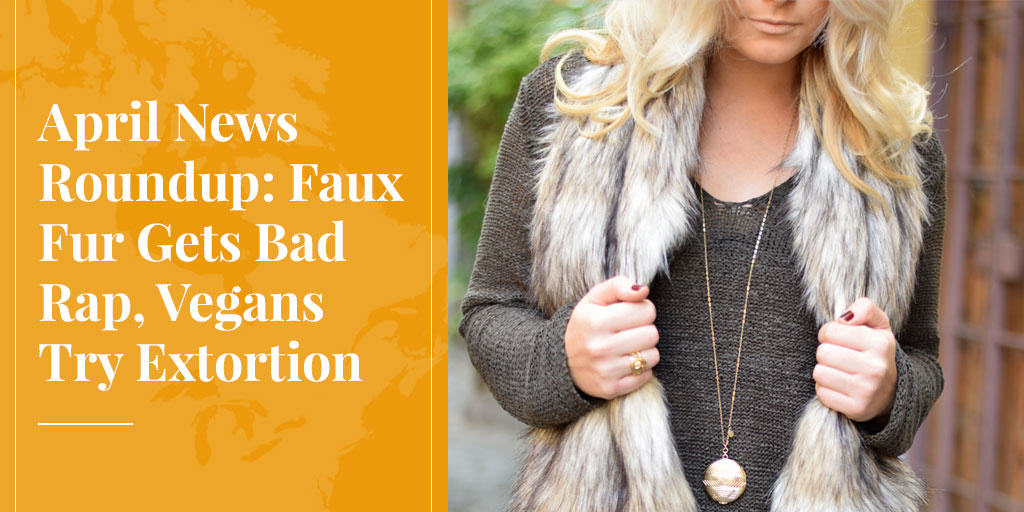March News: Fur Stories No Longer Black and White
by Truth About Fur, voice of the North American fur tradeFur stories in the media are becoming increasingly nuanced as reporters strive for more balance or a new angle, or…
Read More

Fur stories in the media are becoming increasingly nuanced as reporters strive for more balance or a new angle, or simply don't have time for the research needed to pick a side. Black and white stories that support or condemn fur unequivocally are becoming less common as editors seek somewhat more sophisticated, multi-faceted arguments -- but often what they get is just muddled thinking.
The most common problem the fur trade now faces is when so-called "balanced" reports just pit one side against the other, while making no attempt to sift the truth from the lies. The Independent did this in "Are faux alternatives more sustainable than the real thing?" Sure, a fur trade spokesman was allowed to explain that real fur is "a totally natural product, it is bio-degradable and in the case of wild fur it comes from conservation and population management projects.” But the same space is allotted to an animal rights spokeswoman, who claims, “There’s water pollution in the form of nitrogen and phosphorus from animal waste, air pollution from incinerating animal carcasses and releasing pollutants such as carbon monoxide, nitrogen oxides, sulphur dioxide and hydrochloric acid.” Rather than investigating who's telling the truth, The Independent just leaves it up to readers to decide, and that doesn't really help anyone.
SEE ALSO: Is fur processing bad for the environment? TruthAboutFur website.
Meanwhile a Daily Mail writer gets totally muddled in "Don't hate me for wearing granny's fur!" Wearing vintage fur is great on every level, the writer asserts. "In so many ways it ticks the 'politically correct' box. It is a 100 per cent sustainable, renewable and biodegradable piece of vintage clothing that has been mended, reconditioned and recycled through three generations - possibly even a fourth when I offer it to my daughters." But then she says "a ban on new skins is laudable." So vintage fur is great for the environment but new fur isn't. Does that make any sense?
Another muddled argument which is simultaneously pro- and anti-fur comes from Argentine company Yerra, which makes luxury rugs from hide and fur. Says Yerra's owner, "Being environmentally conscious is very important to us and we don’t take this lightly." And what exactly does this mean? For one thing, it means only using hides and fur that are by-products of meat production. So using sheepskin and rabbit fur is "environmentally conscious" but using coyote and mink is not. Really? Why?
Speaking of different perspectives, last month TruthAboutFur interviewed fur designer Pamela Paquin from Massachusetts, who works exclusively with "accidental fur". Meanwhile, in New Zealand, Jane Avery works exclusively with invasive rabbits that are being eradicated anyway. (You may recall that TruthAboutFur interviewed Jane last year.)
Federal Protection for Wolves No Longer Needed?

Gray wolves seem to have bounced back in the US, and now the Fish and Wildlife Service wants to revoke their federal protection and put them under the authority of states across the Lower 48. "We need to take control of these wolves," says Tony Demboski of the Upper Peninsula Sportsmen's Alliance in Michigan. "They're cleaning up our deer herd, we've got people scared to go for a walk in the evenings. We've just got too many wolves."
Meanwhile, in Idaho and Montana, where wolf hunting was reinstated in 2009, the Associated Press reports that concerns this will hurt populations seem to be misplaced. "[W]olves are such prolific breeders that after each hunting season, their numbers bounced back the next spring. That continued even as wildlife regulators loosened trapping restrictions and allowed individual hunters and trappers to harvest multiple animals."
And speaking of wolves, the Labrador Winter Games was a chance to hold a week of seminars on clothing design, and fur sewers came from across Canada. Wolf hat, anyone?
Demand for pelts of the wolf's smaller cousin, the coyote, remains strong, says the Associated Press in "Popularity of fur-trimmed parkas a boon for coyote trappers". If you're in the mood for audio rather than print, listen to the Marketplace's take on the coyote market here:
Bits 'n' Bobs

We're thrilled for Brenda Dragon and her Fort Smith-based company, Aurora Heat, that makes fur-lined hand and foot warmers. Brenda wrote a blog post for TruthAboutFur back in 2017, when she was starting out. Now she's set for a bigger market, as Hudson's Bay Company has begun stocking her beaver fur hand-warmers in its Winnipeg store.
Jim Gibb, chairman of the Fur Institute of Canada, has a novel perspective of sustainability, as he told TruthAboutFur in "Living sustainably: A trapper’s thoughts on orange juice".
And since we started this news roundup discussing mixed messages, let's end with the viral story of YouTube "star" Yovana Mendoza Ayres. Yovana promotes a vegan lifestyle to her 2.5 million subscribers, but they turned on her when another YouTuber filmed Yovana eating ... fish! Her excuse? Her doctor said her vegan diet was harming her health!










